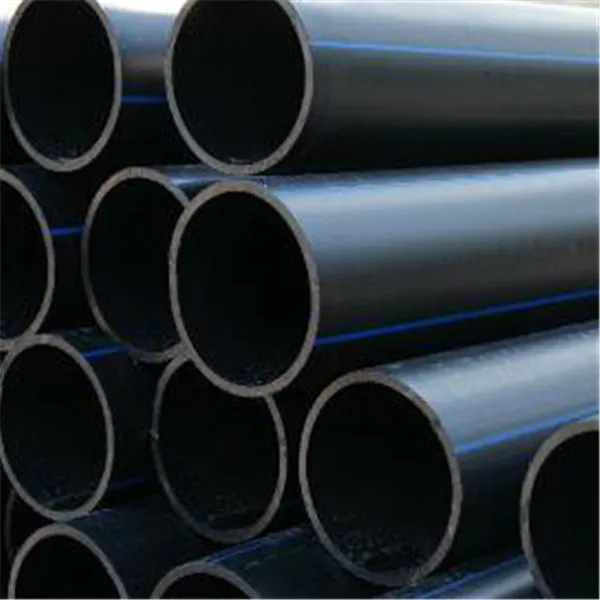Dec . 10, 2024 15:46 Back to list
Understanding HDPE Sheet Thickness for Your Projects
Understanding HDPE Sheet Thickness A Comprehensive Guide
High-Density Polyethylene (HDPE) is a versatile thermoplastic polymer that has gained immense popularity across various industries, particularly due to its remarkable mechanical properties, chemical resistance, and suitability for a wide range of applications. One of the defining characteristics of HDPE sheets is their thickness, which can significantly influence their suitability for specific uses. In this article, we will delve into the various aspects of HDPE sheet thickness, providing insights into its importance, common sizes, and applications.
What is HDPE?
Before discussing thickness, it's essential to understand what HDPE is. HDPE is produced from the polymerization of ethylene, resulting in a dense and robust material known for its tensile strength and durability. It offers excellent resistance to impact, moisture, chemicals, and UV radiation, making it a preferred choice for various applications, from packaging to construction.
Importance of Thickness in HDPE Sheets
The thickness of HDPE sheets plays a crucial role in determining their mechanical properties and suitability for different applications. Thicker sheets generally exhibit greater strength and rigidity, making them ideal for heavy-duty applications. Conversely, thinner sheets are more flexible and can be used for applications that require bending or shaping.
Standard Thicknesses of HDPE Sheets
HDPE sheets are available in various thicknesses ranging from a few millimeters to several centimeters. Common thicknesses include
- 1/16 inch (1.5 mm) Often used for lightweight applications such as trays or art projects. - 1/8 inch (3.2 mm) Suitable for various applications including protective barriers and lightweight signage. - 1/4 inch (6.35 mm) A versatile thickness effective for applications requiring a balance of durability and weight. - 1/2 inch (12.7 mm) Commonly used in construction and industrial applications, providing excellent strength and stiffness. - 1 inch (25.4 mm) and above Used for heavy-duty applications such as marine structures, industrial containment, and load-bearing fixtures.
Selecting the Right Thickness for Your Application
hdpe sheet thickness

When choosing the thickness of HDPE sheets for a specific application, consider the following factors
1. Load-Bearing Requirements For applications that involve significant weight or pressure, thicker sheets are essential to prevent deformation or failure.
2. Flexibility Needs If your application requires bending (such as in custom shapes or low-stress situations), opting for thinner sheets can provide the necessary flexibility without compromising performance.
3. Environmental Exposure In environments subject to extreme weather conditions, UV resistance, and corrosion, selecting an appropriate thickness can enhance the longevity and durability of the material.
4. Manufacturing Process Consider how the HDPE sheet will be cut, shaped, or welded. Thicker sheets may require more specialized equipment and techniques for fabrication.
5. Cost Considerations Generally, thicker sheets are more expensive than thinner sheets, so balancing cost with performance is vital when making a selection.
Conclusion
Understanding the implications of HDPE sheet thickness is crucial for maximizing the effectiveness of this versatile material. By selecting the appropriate thickness based on the specific requirements of your project, you can leverage the unique properties of HDPE to achieve optimal performance and durability. Whether you’re engaged in industrial, commercial, or personal projects, taking the time to assess the right thickness will ensure that you utilize HDPE sheets to their fullest potential. In doing so, you will not only enhance the quality of your work but also contribute to sustainable practices by choosing a material renowned for its recyclability and longevity.
With this knowledge in hand, you can confidently approach your next project, equipped with the understanding needed to select the perfect HDPE sheet thickness for your application.
-
Durable PP Rigid Sheet: Lightweight, Chemical Resistant Solutions
NewsAug.21,2025
-
PVC Grey Sheet for Extraction: Chemical Resistant & Durable
NewsAug.19,2025
-
Durable PVC Pipe Fittings for Plumbing & Irrigation Needs
NewsAug.18,2025
-
HDPE Steel Belt Reinforced Spiral Corrugated Pipe | High Strength
NewsAug.17,2025
-
HDPE Pipe Fittings: Durable, Leak-Proof Solutions
NewsAug.16,2025
-
Premium CPVC Sheet: High-Temp & Chemical Resistant Solutions
NewsAug.15,2025

